Collections of Historical Maps
Contents:
 Maps of Mongolia: a Collection of the Staatsbibliothek zu Berlin - Preussischer Kulturbesitz
Maps of Mongolia: a Collection of the Staatsbibliothek zu Berlin - Preussischer Kulturbesitz
Die Sammlung mongolischer Landkarten aus der späten Qing-Zeit, die hiermit der interessierten Öffentlichkeit präsentiert wird, stammt aus dem Besitz von Hermann Consten Hermann Consten. Consten wurde durch seine Reisen in die Mongolei bekannt, die er um die Zeit des Sturzes der mandschurischen Dynastie 1911-1912 unternahm und über die er später ein heute noch spannend zu lesendes Werk verfasst hat (Weideplätze der Mongolen, 2 Bde, Berlin 1919-1920). Während seines bis 1946 dauernden Aufenthaltes in Peking erwarb er eine Sammlung mongolischer Manuskriptkarten, die nach seinem Tode in die Westdeutsche Bibliothek in Marburg gelangte und sich daher heute im Besitz der Staatsbibliothek befindet.
 Illustrated Catalogue of the Maps of Rome Online
Illustrated Catalogue of the Maps of Rome Online
The catalogue includes printed maps of Rome for the period ca. 1550 to ca 1870. Please note that for the time being the current version serves as a working tool under construction. Thus it it is not the definitive version yet. Eventually it is planned to connect this catalogue with the Lineamenta data base of architectural drawings developed by the Bibliotheca Hertziana - Max-Planck-Institute for the History of Art, Rome.
Partner institutions and contributors:
 Collection of Historical Maps of the High Middle Age of the Research Department for Information Technology and Culture at the University of Lüneburg
Collection of Historical Maps of the High Middle Age of the Research Department for Information Technology and Culture at the University of Lüneburg
The Ebstorf World Map originates from the thirteenth century. It was probably created in the Lueneburg moor land in the monastery of Ebstorf (on the map Ebbekestorp, founded in the eleventh century). The map was destroyed during World War II. It was reconstructed based on photos.
Medieval maps of the world often subordinate geography to the Christian worldview. Jerusalem constitutes the center of a disc surrounded by water, which is held by Jesus' outstretched arms. Over one thousand legends make the Ebstorf world map a chronicle of the world.
Medieval maps of the world often subordinate geography to the Christian worldview. Jerusalem constitutes the center of a disc surrounded by water, which is held by Jesus' outstretched arms. Over one thousand legends make the Ebstorf world map a chronicle of the world.
Partner institutions and contributors:
 Collection of Portolan Maps of the Museu Maritim in Barcelona
Collection of Portolan Maps of the Museu Maritim in Barcelona
Partner institutions and contributors:
 Maps of Mongolia: a Collection of the Staatsbibliothek zu Berlin - Preussischer Kulturbesitz
Maps of Mongolia: a Collection of the Staatsbibliothek zu Berlin - Preussischer Kulturbesitz top
top Bibliotheca Hertziana (Max Planck Institute for Art History)
Bibliotheca Hertziana (Max Planck Institute for Art History)

